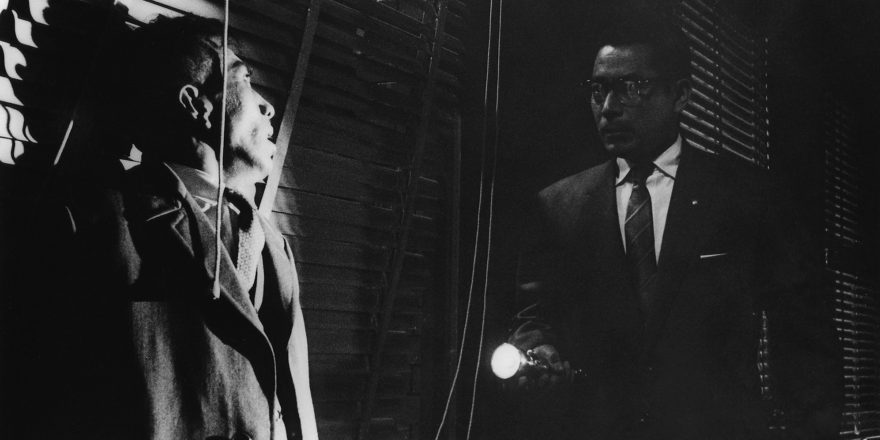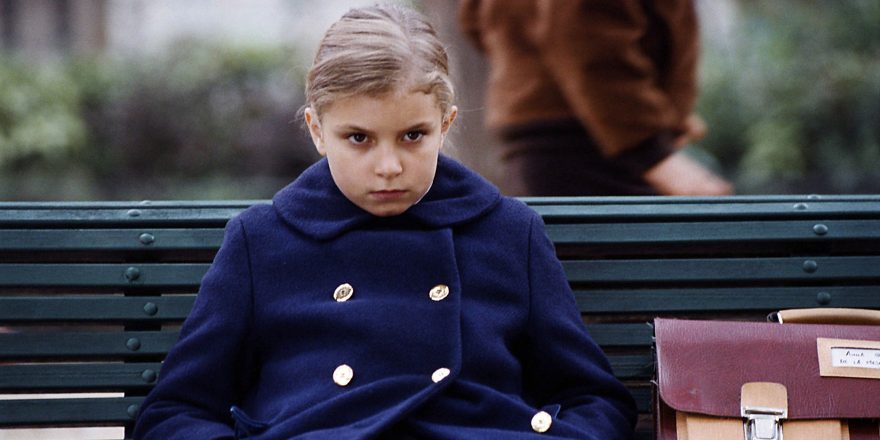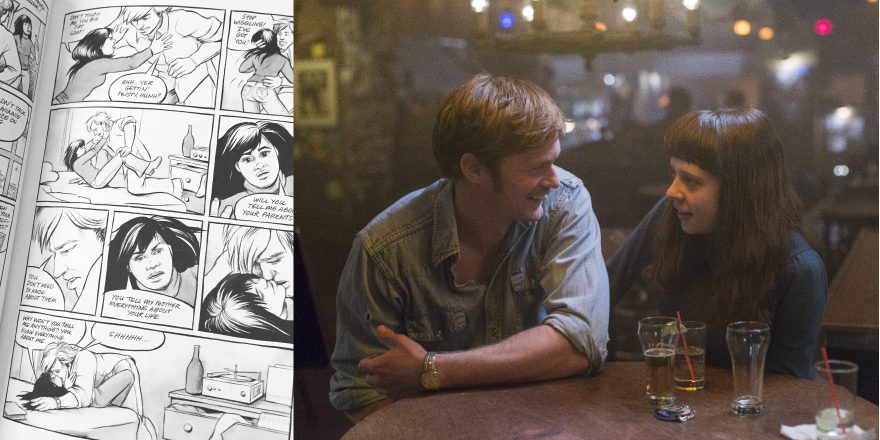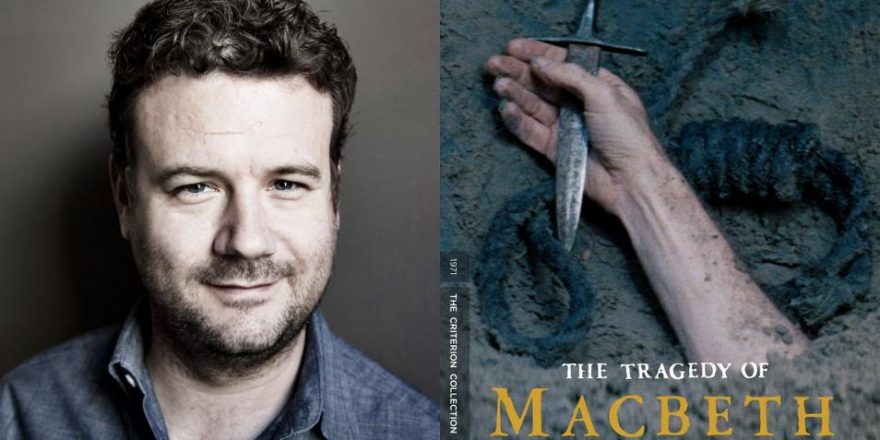I hated Hamlet.
I loved everything else we read in my 12th grade literature class, and I loved all of Shakespeare’s other plays. Well, nearly all: Antony and Cleopatra just felt like a more dramatic version of Ross and Rachel from Friends (which I also didn’t like), and A Winter’s Tale just confused me. But I reserved special hatred for Hamlet. It was 2004 when I first read it, and Hamlet struck me not as a dangerous madman, but whiny, ineffectual, and the worst boyfriend ever; a rather obnoxious emo kid. The other characters were even worse: Ophelia was all over the place even before her breakdown, Horatio was nothing but a fairweather friend, and Claudius seemed too genial to be a deadly ambitious murderer.
I probably would have hated it forever if two years later, at NYU, summer theater studies classes hadn’t filled up far more quickly than expected. There weren’t very many options left, so I signed up for one called Shakespeare on Film. I knew at the very least, it would be good conversation fodder for me and my then-boyfriend, a film major and Shakespeare fanatic. I had thought I, who spent my 17th birthday playing Puck at Shakespeare summer camp, had been super into the Bard, but my boyfriend took it to another level. His favorite play was not A Midsummer Night’s Dream or Romeo and Juliet, like other teenagers; it was Henry IV, Part I. His AOL Instant Messenger username was a phrase taken from one of Hamlet’s soliloquies. But he could never get me to like Hamlet.
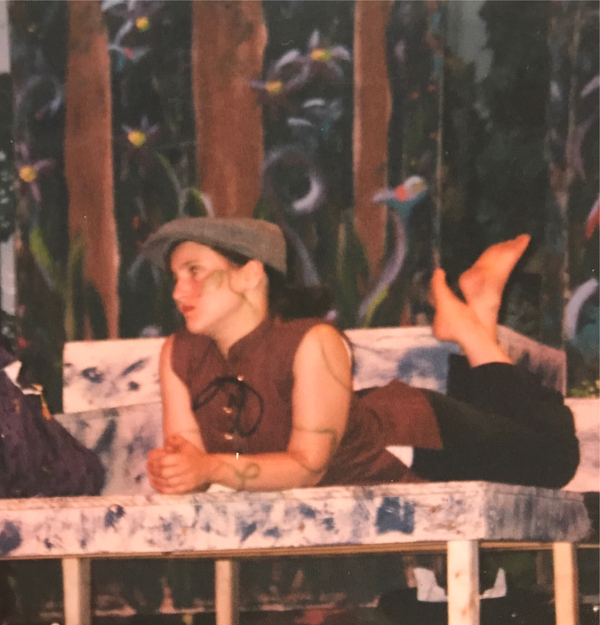
I figured Shakespeare on Film would be something of a filler course, but the class surprised me. We went deeper into Shakespeare than I’d ever gone before, and deeper into film than I’d gone in college. One of the first films we watched became one of my favorites: Throne of Blood, Akira Kurosawa’s samurai interpretation of Macbeth. I’d always loved Macbeth, and aside from the filmed staging of Trevor Nunn’s version with Sir Ian McKellen and Dame Judi Dench, I’d never seen it performed so well. In other theater courses, we’d talk about the staging adaptation of Beauty and the Beast versus The Lion King: one was a more faithful adaptation, but often felt forced and phony, while the other was a less literal interpretation, but closer to the soul of the original work. This was Throne of Blood: Kurosawa took a classic story and made it his own, suited to his own history and culture, and made it terrifying and beautiful.
When my professor assigned us an essay on an adaptation of our choice, my boyfriend (also a massive Kurosawa fan) said, “Why don’t you do The Bad Sleep Well, his version of Hamlet?”
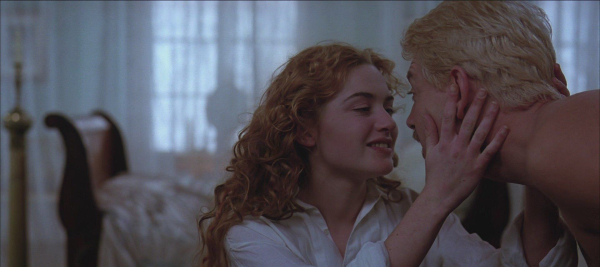
“Come on,” I’d protested. “You know I hate Hamlet.” I’d never seen a version of Hamlet I liked. I’d seen a traveling high-school production, where half the script was removed to save time, and then a few years later, a staging in a very small black-box theater, where everyone dressed like members of My Chemical Romance and a dying Laertes coughed up stage blood onto my white shirt. But it felt especially uninspired on film: Sir Laurence Olivier’s performance was too slow for my millennial, ADD-addled attention span, and while I’ve always liked Kenneth Branagh as an actor, I couldn’t quite emotionally connect to his version. (My 12th grade literature teacher rightfully pointed out that it was a bit egotistical to cast himself as Hamlet when he was pushing 40, especially considering the love scenes with 21-year-old Kate Winslet.)
I’d also been rebelling against film, as an art form, for several years. My time as a film actor was behind me, and I had some residual bitterness over the grittier aspects still remaining. And after years of theater school, I also considered it a much more shallow medium. Theater could be done anywhere for cheap, while film was by necessity an extravagant, expensive waste. Actors had the final say in theater, while in film directors had the final say over an actor’s performance. Film was about looks and spectacle, while theater was about voice and physicality and pure emotion.
But this didn’t seem to be true of the actors Kurosawa worked with. One in particular: the fascinating Toshiro Mifune. He had the body of a warrior and the expressions of a kabuki performer. He was naturally gorgeous, but could make himself hideous. He had a freedom and energy I didn’t see often see onscreen. I wanted to see more of him.
“I’ll give it a try,” I told my boyfriend.
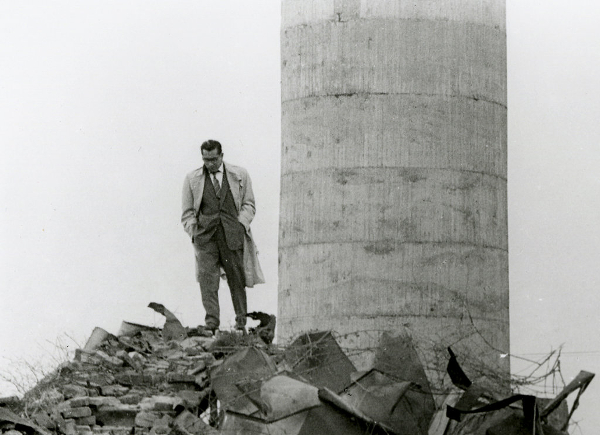
The Bad Sleep Well is an American-style movie criticizing the corruption that came along with post-war Americanization of industry. It’s a film noir, and Kurosawa makes no attempt to hide his influences: there’s even a hostess bar called Noir. It opens on a wedding, first as a traditional Japanese wedding party enters, then a flood of westernized media reporters and detectives. There are rumors of corruption, kickbacks, and impending arrests at the Dairyu company, of which the bride Yoshiko’s father, Iwabuchi, is president. The groom, known as Mr. Nishi, has been working as his new father-in-law’s secretary before marrying his daughter.
What they don’t know is that Nishi is actually Itakura, the long-lost son of a worker forced to take the fall for Iwabuchi and his bureaucrats — literally, he was forced into suicide by jumping out a window. Itakura has traded names and histories with his well-to-do friend Nishi, and married Yoshiko so he might get closer to Iwabuchi and avenge his father.
Mifune, who often played wild-eyed, furious warriors and renegade outsiders, plays a character known for his coldness and quietness. He is driven by anger and the lust for vengeance, but must live in the guise of a restrained bureaucrat. Much has been made of the fact that he does not speak for the first 30 minutes of the movie, but it’s his stillness that gets to me. The memory of the leaping, laughing, exaggerated samurai and warlords he has played is gone. Often his back is to the camera, though in perhaps the major turning point of film, he faces the camera while staring off into the distance, and admits a secret: he has actually fallen in love with his wife.
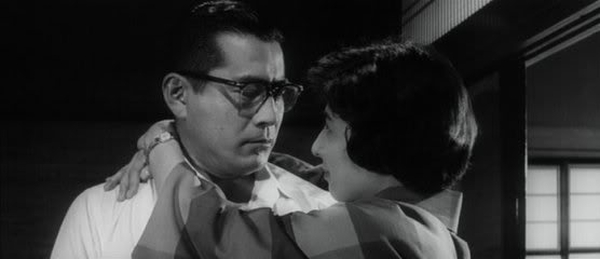
When Mifune gets physical, it’s an insight into Itakura’s true character. He slaps a bureaucrat who is being manipulated into suicide the same way his father was, forcing him to come to his senses. When Tetsuo, Iwabuchi’s son, confronts him about his true identity with a gun, Mifune’s back is to the camera, but we see his shoulders heave with panicked breathing. Before and after he tells his true identity to his questioning wife, he passionately kisses her — something already a bit risqué for mid-century Japanese films. We watch them circle each other, and then he sits turned away from her, with the camera acting as a proscenium, as he tells the whole story. Mifune uses his body, his face, and his voice the way a Shakespearean actor would, and Kurosawa uses his mastery to frame the story.
This being Hamlet and noir, Itakura does not live to avenge his father. Yoshiko unknowingly gives her father information that allows him to track him down, and Itakura dies unceremoniously, off-screen, when he is placed in a car on a train track with alcohol injected into his bloodstream so as to make it look like a DUI. The true Nishi now has no identity and thus no ability to testify, Yoshiko is so devastated she becomes catatonic, and Tetsuo denounces his father to his face. The film ends as Iwabuchi turns away from his family, turns his back to the camera, and takes a business call.
I had always puzzled over Claudius, who was never as selfish or ambitious as so many of Shakespeare’s other villains. But in The Bad Sleep Well, we see how Iwabuchi, the Claudius figure, compartmentalizes his life so he can sleep at night. Tetsuo and Yoshiko both admit that he’s been an excellent father, and one of the first times we see him away from work, he’s hosting a family barbecue. The affability partnered with cold, senseless violence for the sake of ambition, only makes him more terrifying. It’s a lesson in the banality of evil, especially since he’s in the service of something greater, and even more evil than himself. Iwabuchi is bad, and he’s only the vice president.
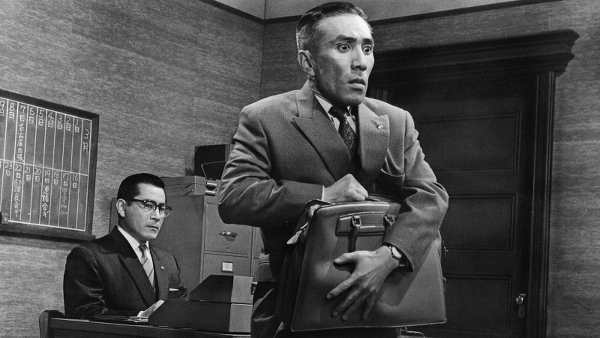
Nishi, like Horatio, has put his friend ahead of himself. He is lost without an identity, and left to mourn the loss of the only person who truly knew him. Yoshiko is visibly torn between her family and her love, and her chemistry with her husband is far better shown in a long-awaited, very lengthy kiss, than in extended shots of Kenneth Branagh in bed with Kate Winslet. Itakura also does not come across as weak, but as vulnerable; searching for justice, but thwarted at every turn. For the first time, I saw that in Hamlet’s situation, as well: a man already struggling to keep his sanity, beset by loss, in a world set against him. Hamlet is still not a very sympathetic character, and at times, neither is Itakura, but the toll that both injustice and love have taken on him is always clear. Something is rotten in both Denmark and Japan, and this, in turn, is rotting these men from the inside out.
“I don’t think I hate Hamlet anymore,” I told my boyfriend, as I turned away from typing my essay on The Bad Sleep Well. “I feel almost like … I get it now.” Horatio’s loss, Ophelia’s pain, Claudius’s superficial charm, Hamlet’s decay. My boyfriend smiled an “I told you so” smile, and suggested I watch more of Kurosawa’s films.
Which, of course, I did. Seven Samurai is the only film that ever made me stand up and cheer in a theater, Rashomon changed storytelling forever, and I think of Ikiru every time I pass a playground. The Bad Sleep Well is not regarded as one of Kurosawa’s best films, and I don’t know if it is my favorite of his. But it occupies a special place in my heart nonetheless. Kurosawa made me love Hamlet. He might have made me love film again, too.



